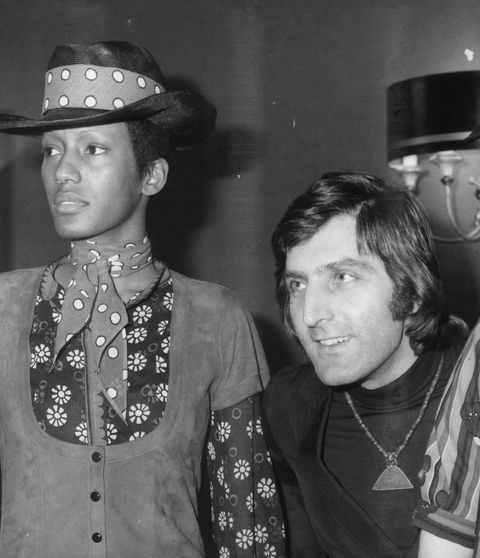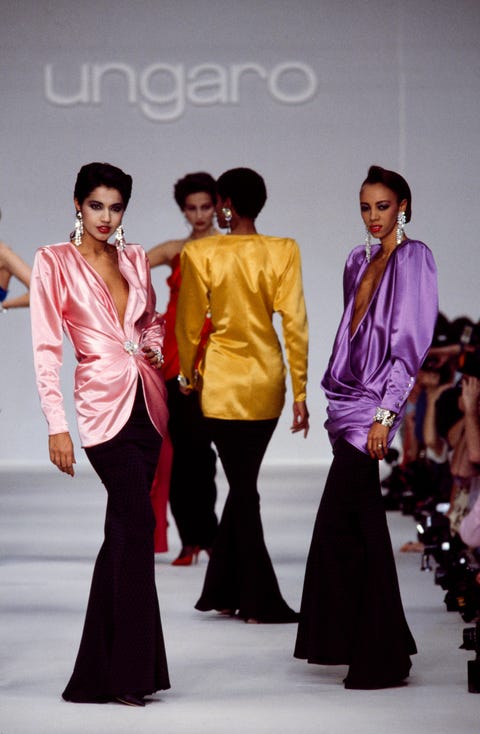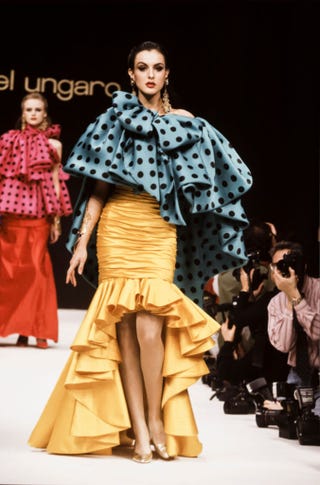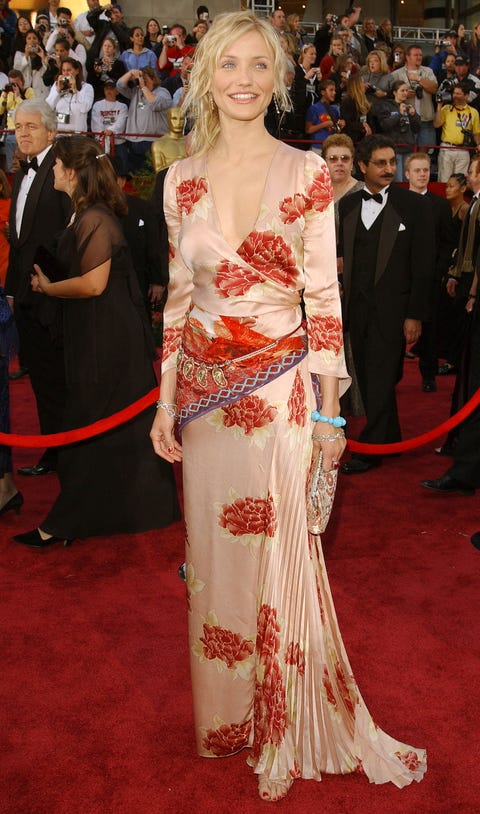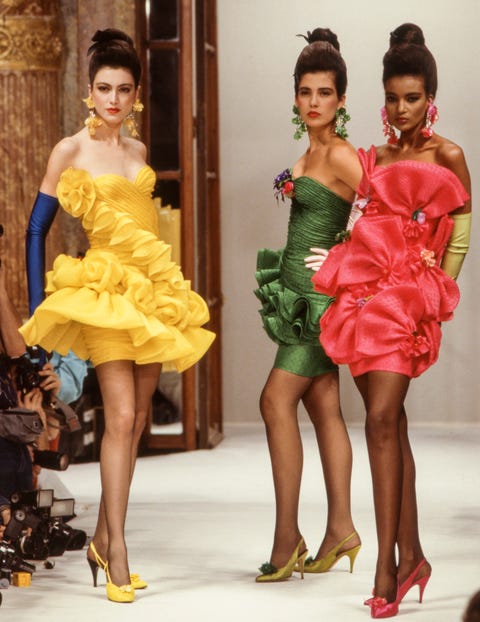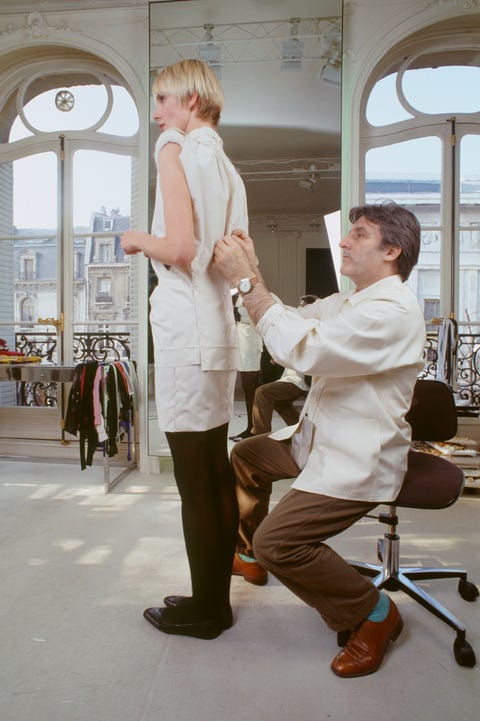Products You May Like
French fashion designer Emanuel Ungaro has passed away, aged 86, and as we mourn the loss of another great artist, let’s look back at some of his greatest hits.
Obsessed with sensuality, with a keen eye for pattern-clashing, who knew the value of shirring, ruches and ruffles, Ungaro spent his professional life helping women achieve electrifying levels of ‘extra,’ long before being ‘extra’ was something to aspire to.
Trained under master of haute couture, Cristobal Balenciaga, who he claimed taught him his ‘rigour’ and his ‘perfectionism,’ Ungaro went on to open, in 1965, his own couture house, but his was couture with a twist.
Moving decisively away from the uptight elegance that typified formalwear, he refused to develop traditional evening gowns, asserting that the zeitgeist was for something younger, cooler and with a much higher hemline: ‘I am a man of this age and I will design for women of this age.’
And it worked, his thrillingly bold designs soon attracted countless high profile clientele, including Jackie Kennedy and Catherine Deneuve, but later also Whitney Houston, Celine Dion, Sarah Jessica Parker, Cameron Diaz and Jennifer Lopez.
As fashion is wont to do, much of Ungaro’s work from the 70s and 80s has become a key reference for today’s shows. As the likes of Richard Quinn, Paco Rabanne and indeed also Balenciaga under Demna Gvasalia, play with proportion, giant ruffles, and richly coloured clashing prints, it’s hard not to perceive some of what Ungaro started.
Ungaro eventually retired in 2005, selling his brand to Silicon Valley businessman Asim Abdullah for the princely sum of $84 million. Sadly, it wasn’t as simple as sailing off into the sunset with the spoils of the sale, though, after the brand’s successors made a series of missteps that he felt the need to speak out against.
Most notoriously, actress Lindsay Lohan was briefly brought aboard as a guest designer. In response, Ungaro was quoted saying: ‘Lindsay Lohan’s collaboration was a disaster. I am furious but I can’t do anything about it. [The label] is in the process of losing its soul…That happens to a lot of designers. We were the creators and patrons, responsible for the creation and destiny of our houses. But when we gave up our houses, we gave up our souls.’
After two years in a ‘weakened’ state of health, according to a family member, he eventually died in Paris this weekend.
A tribute on the House of Emanuel Ungaro website reads: ‘Season after season, Emanuel Ungaro dared to be different, combining unexpected yet sensual clashes of bright colors and prints with beautiful draping.’

